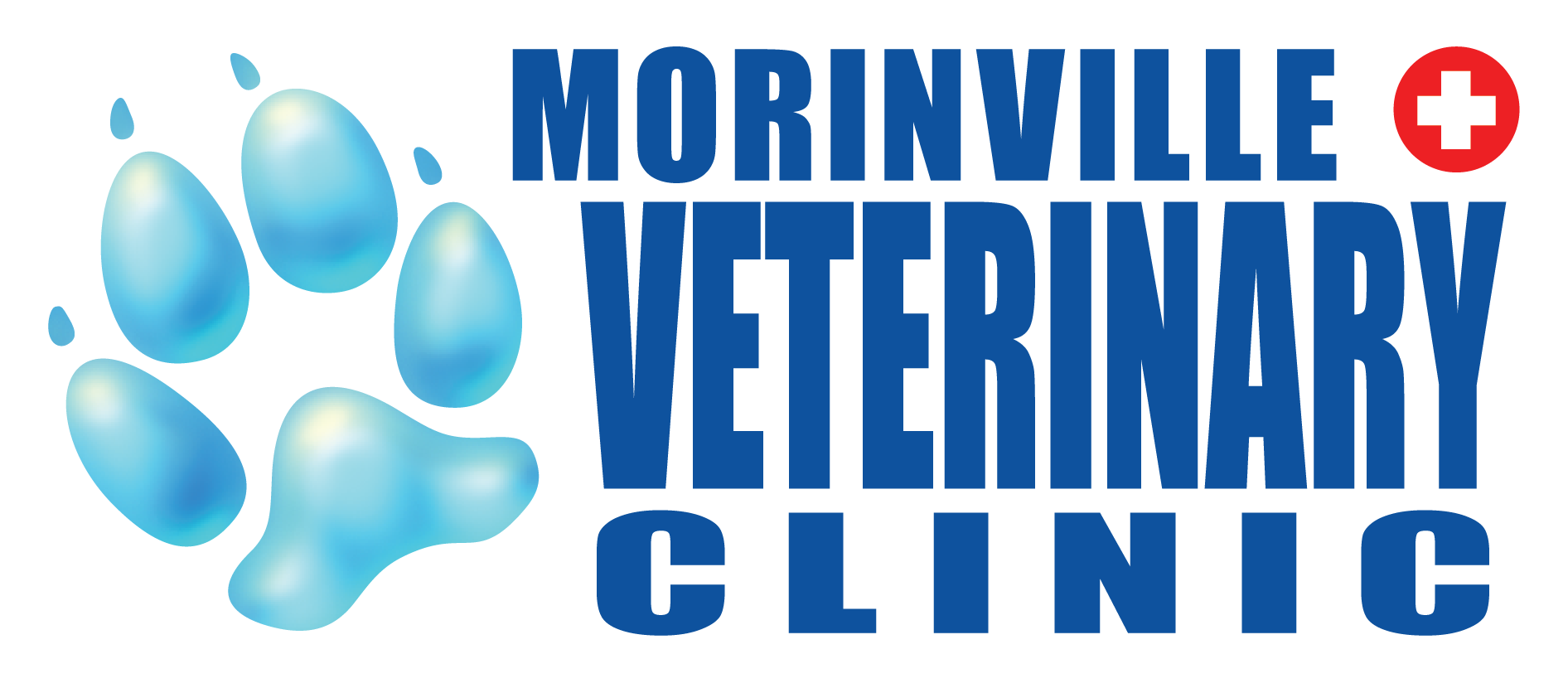One of the great things about owning a pet in the Edmonton area is that the climate we have limits the number of parasites that owners will have to worry about. Many of the ticks, fleas and insects that bite cats and dogs cannot survive in our outdoors. The frozen ground of our winters is too hostile to allow most of the internal parasites to survive long enough to contaminate. Even with our harsh climate, there are some worms that are found in the dogs and cats in the Morinville area. Fortunately, these worms are easily treated.
The two types of worms that are by far most common are tapeworms and roundworms. Neither of these parasites can be passed directly from one one adult pet to another, or to a person. In both cases, the worms contaminate the environment, then develop into a form that can infect a pet.
Tapeworms are a parasite that are swallowed by a pet (or a person) a cyst in a flea or a prey animal. That is why cats that catch birds and mice develop tapeworms. Once in the intestine, these worms grab onto the wall and begin to grow a segmented tail. Each segment is an independent body capable of developing into a new cyst. As the tail gets longer, cysts are dropped off the end and shed in the feces. These cysts in the environment are consumed by flea larvae or small animals and the cycle is continued.
Roundworms have a slightly more complicated life cycle. These intestinal worms can be picked up by swallowing eggs or larvae from contaminated soil, eating prey that have roundworms, or passed from mother to babies (in dogs, this can even occur before the puppies are born). There are many species of roundworms that can live in the bodies of dogs and cats, but only one species that can complete its life cycle in either species, and dogs and cats each have one species that are specific to them.
Once swallowed, immature roundworms either develop into mature worms in the intestine (that is the species that both dogs and cats get) or migrate out of the intestine to mature in the tissues of the body (those are the two species that each dogs and cats get). The larvae can form cysts in muscle or organs, or they can migrate to the lungs to be coughed up and swallowed as adult worms. Once there, they can attach to the wall of the intestine and reproduce. One additional path for roundworms is in pregnant animals. The species in cats will have larvae migrate to the mammary glands, and infect the kittens through the milk. The species in dogs has the larvae migrate to both the uterus and mammary glands, and infect puppies from both places.
It is worth noting that children can pick up these roundworms in contaminated areas. The larvae will migrate through their skin and form cysts. This is just one more good reason to treat your pets regularly for worms.
If you suspect your cat or dog may have worms please contact the animal hospital team at Morinville Veterinary Clinic. We are happy to answer all of your questions!




